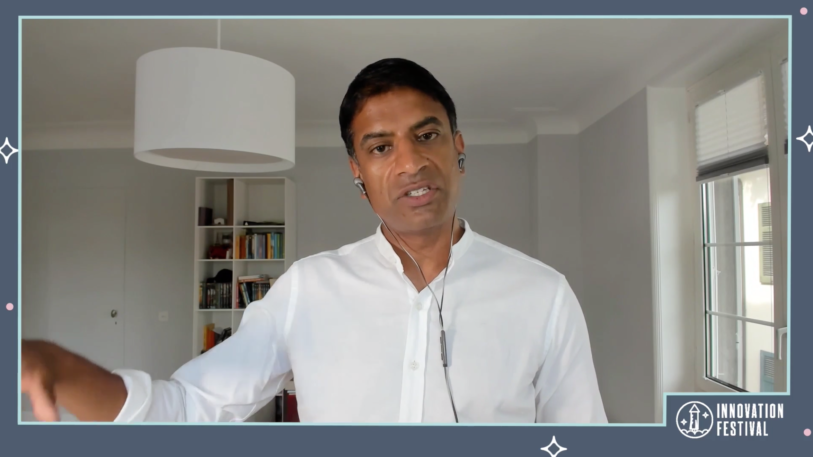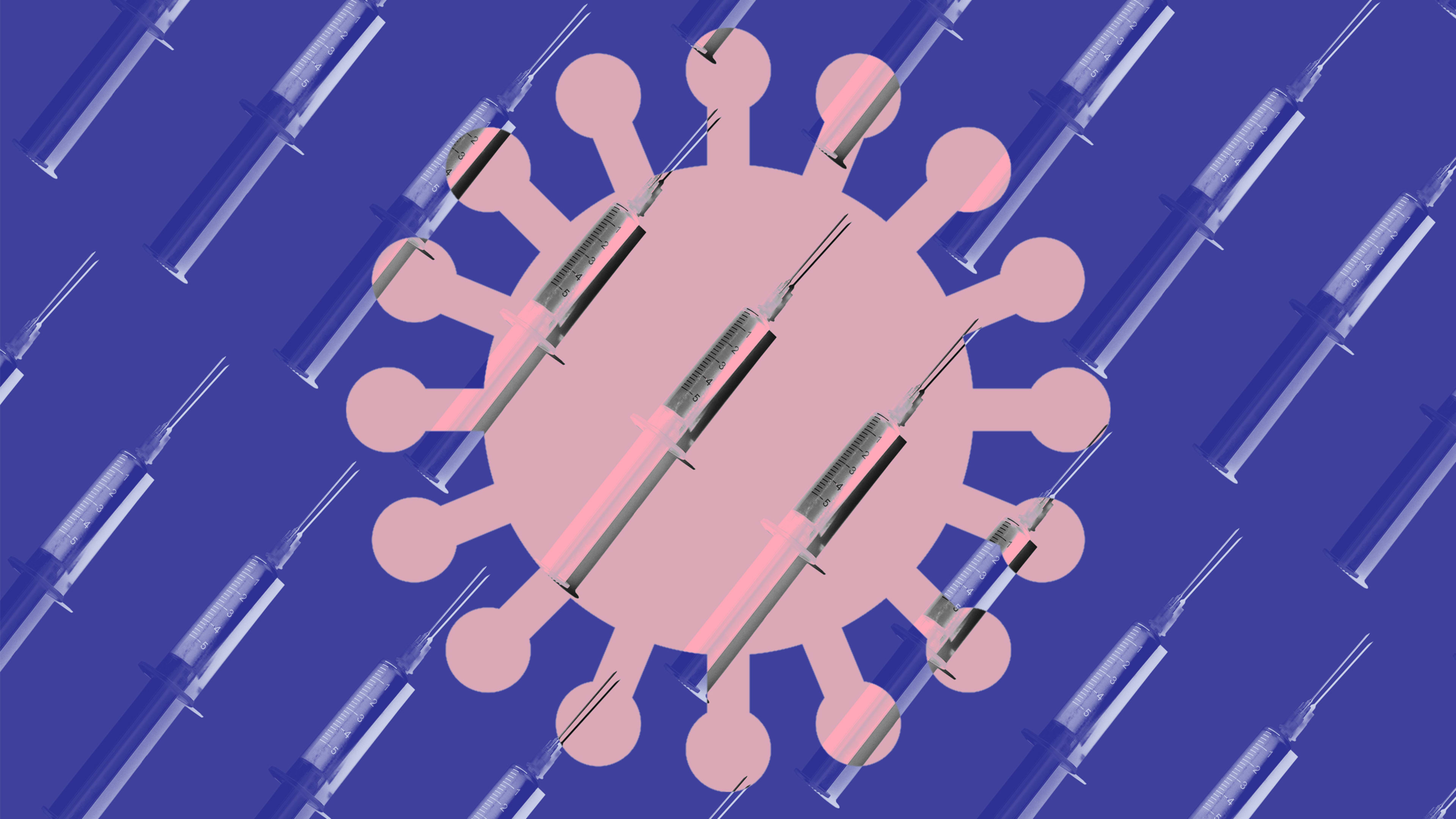There will be no silver bullet that brings COVID-19 to an end—not even a vaccine, said Novartis CEO Vas Narasimhan.
During a conversation with Fast Company Editor-in-Chief Stephanie Mehta, the chief executive of the pharmaceutical giant laid out how he thinks the global health system failed and why he’s optimistic about the future. Part of the problem, Narasimhan said, is that the world was in a particularly vulnerable place when the pandemic hit.
“Over the last decade there has been a decline in overall public health preparedness within the system in the United States and around the world,” he said at the Fast Company Innovation Festival. “As the investment goes down, the preparedness goes down, so I do think we were at a unique moment where we were more susceptible than we would have been a few years ago.”

The CEO led Novartis’s vaccine program during the 2009 H1N1 virus. He said he has seen the same mistakes repeated when a deadly disease strikes. “What I’ve seen consistently is the world really falls short on three dimensions,” said Narasimhan. These include a lack of:
- Virus surveillance that follows when and how viruses move from animal species into humans
- Real-time information sharing between countries
- “Warm preparedness,” which he defines as having protective-gear stockpiles and swift manufacturing capabilities for vaccines, therapeutics, and other medical goods
When a disease is spreading fast, public health officials must share information as soon as they have it, he said, though politics can interfere with that. World leaders always consider how such information will impact trade and the economy.
In the internet age, free-flowing information can also lead to confusion. He said social networks have made it easy to share new COVID-19 research published online. Scientists draw conclusions from an accumulation of information and replicated studies. But the general public can latch onto a single study and circulate it as ground truth. That creates a difficult environment for sending a unified public health message.
The power of social media is that it is so fast, “much faster than the power of our ability to publish rigorous data, to do all the proper experiments,” Narasimhan said. “I think that creates this kind of perception that because something is said online it might be true or it must be true if it gets circulated enough.”
Yet, he said, there have been encouraging moments during the pandemic as well. China sequenced the genome for the coronavirus early. That allowed the pharmaceutical industry to start testing out vaccine candidates. In some places, lockdown measures happened at an unprecedented scale, keeping transmission low.
Narasimhan also said the medical community was quick to repurpose existing drugs for COVID-19 treatment. Progress on COVID-19, he said, will continue to be iterative.
There will be no one thing, he said, that takes us back to the way things were. He thinks we will learn to live with this coronavirus the way we live with others: using a combination of vaccines, therapeutics, and other technologies. That means life will eventually edge close to normal: “The accumulation of all the innovation that’s being pursued right now will make life come back to . . . [something] similar to what we’ve had in the past.”
Recognize your brand’s excellence by applying to this year’s Brands That Matter Awards before the early-rate deadline, May 3.
